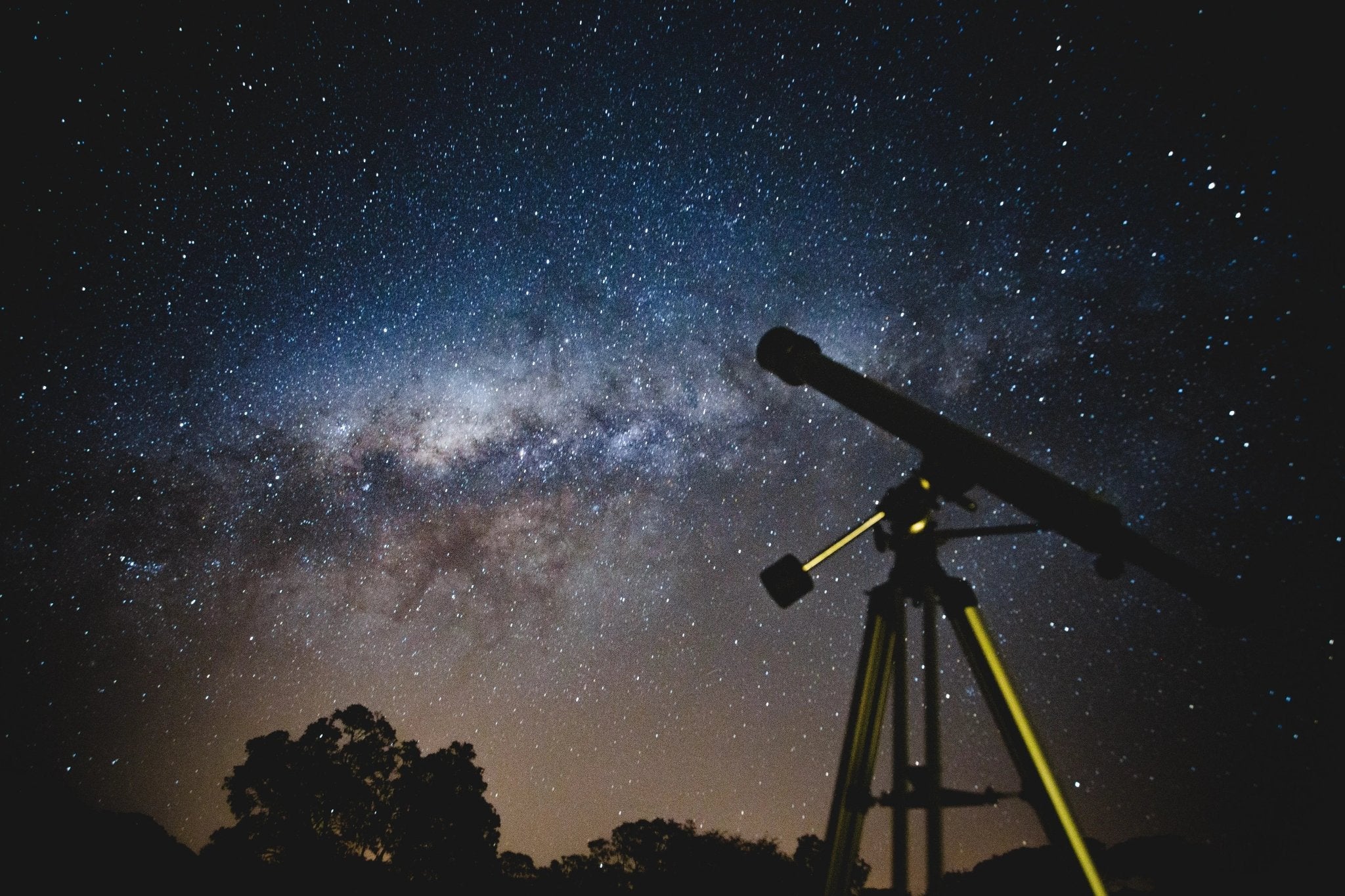Solar eclipses have captivated human imagination for millennia, shaping our understanding of celestial mechanics and cultural narratives. The history of solar eclipses dates back to ancient civilizations, where these rare events were often viewed as cosmic omens or supernatural occurrences. The earliest recorded solar eclipse comes from the Shang Dynasty in China around 2136 BCE.
In ancient times, the sudden darkening of the sun during an eclipse was met with fear and reverence. The ancient Greeks, notably Thales of Miletus, recognized their natural origin and began studying them scientifically in the 6th century BCE. However, it wasn't until the Renaissance that the understanding of solar eclipses advanced significantly, thanks to astronomers like Nicolaus Copernicus and Johannes Kepler.
Edmond Halley's prediction of the solar eclipse in 1715 marked a milestone in eclipse prediction. The 19th and 20th centuries saw expeditions to observe solar eclipses, leading to discoveries such as the solar corona and gravitational lensing.
Today, solar eclipses are no longer mysteries but moments of wonder and fascination. They are predictable due to advancements in astronomy and mathematics, allowing people to prepare and witness these events safely, including using modern materials applied to eclipse glasses and eclipse viewers. Modern solar eclipses continue to bring together people from all walks of life to marvel at the beauty of the cosmos, reminding us of the intricate dance between the Earth, Moon, and Sun.

